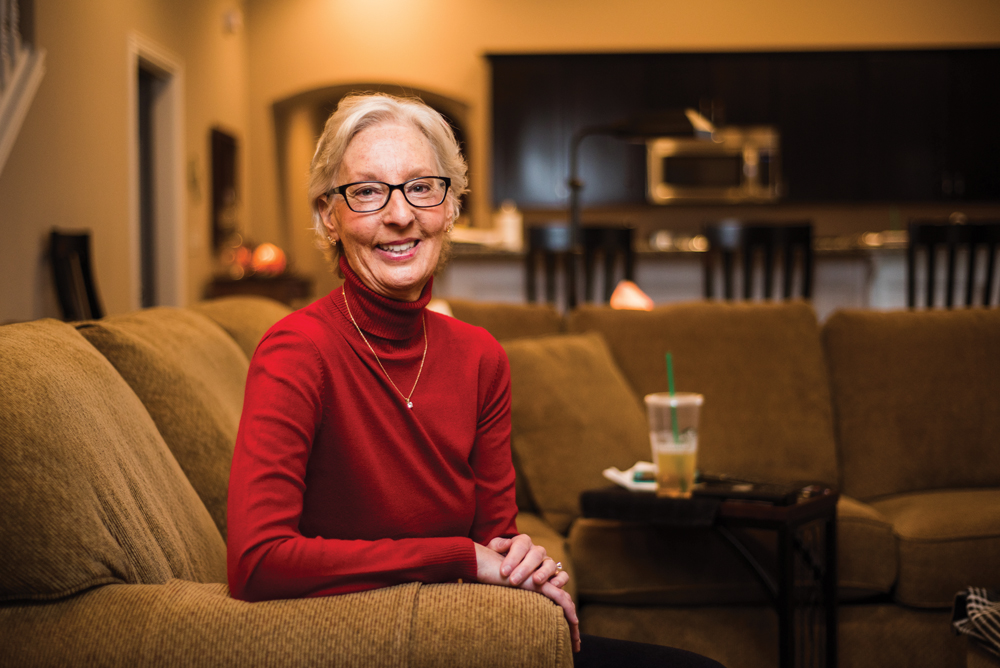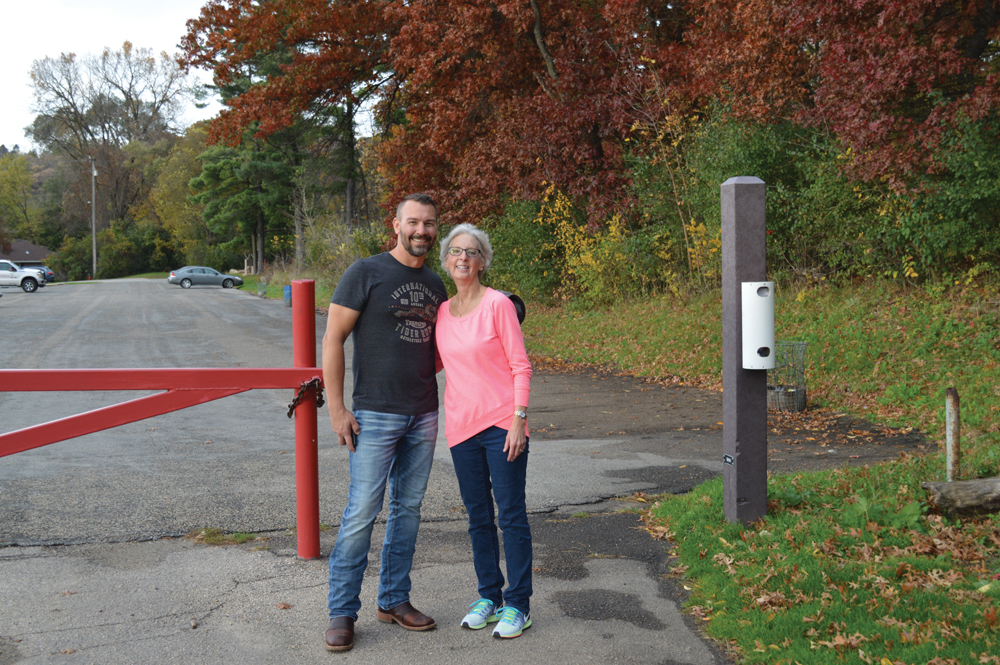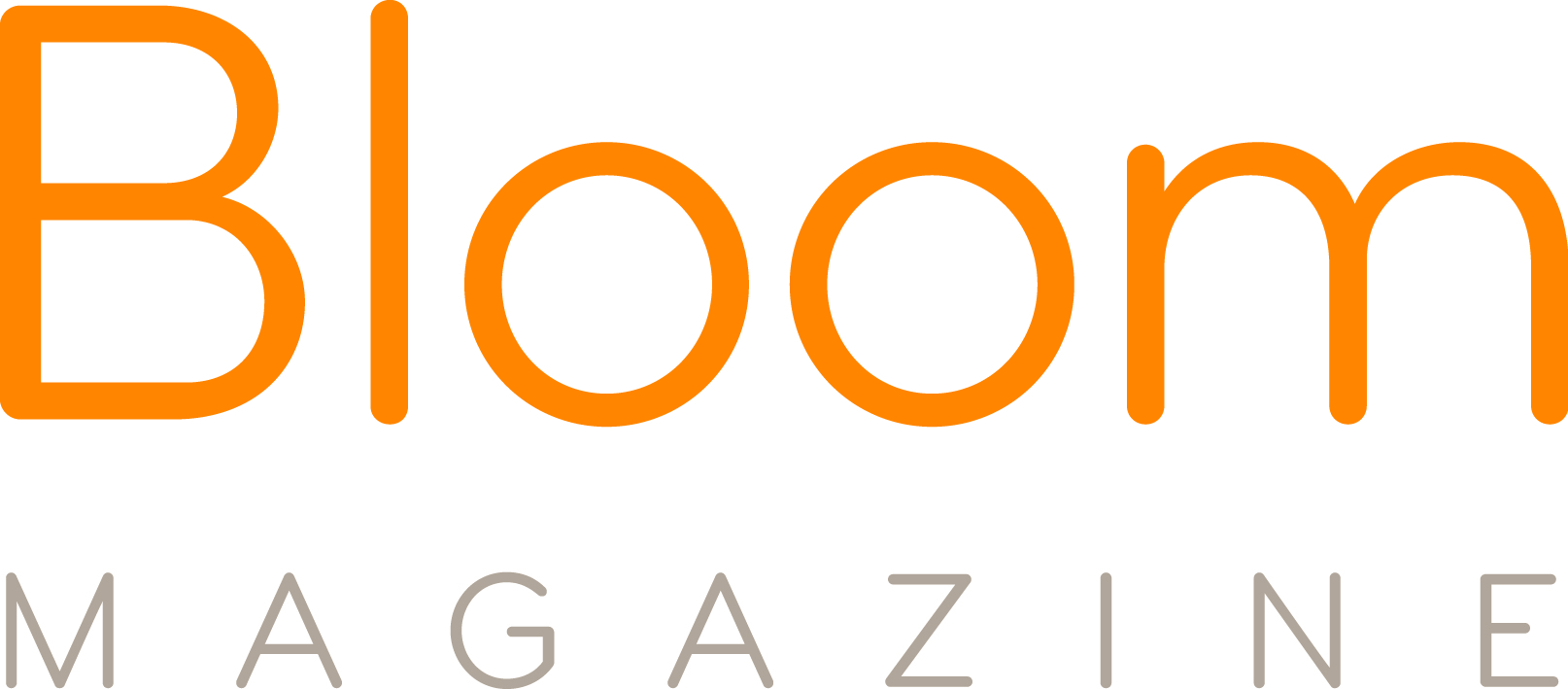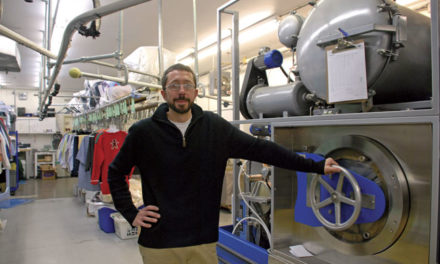
Martha Sullivan at home. Photo by Stephen Sproull
BY MOLLY BRUSH
In May 2016, Bloomington resident Martha Sullivan went to the emergency room after experiencing flu-like symptoms and shortness of breath for several weeks. There she received a shocking diagnosis: A blood test revealed she had acute myeloid leukemia, a type of blood cancer.
Sullivan, 57, a retired physical therapist, began chemotherapy at the IU Simon Cancer Center in Indianapolis the following day. Although she responded well to treatment, her doctors told her that without a bone marrow transplant, she had only a 15 percent chance of surviving one year.
To receive a transplant, Sullivan needed a donor whose human leukocyte antigens—proteins found in blood cells—closely matched her own. Her brother was tested, but was not a good match. Sullivan’s only hope was to find a match through the National Marrow Donor Program, which provides access to 27 million potential donors through its own registry and global registries.
Four months later, Sullivan learned a match had been found. On September 1, she underwent the transplant procedure, during which the donor’s healthy blood-forming cells were introduced into her bloodstream. By October, she was able to leave the hospital, and by mid-December, she was in remission.
Her experience as a transplant recipient motivated Sullivan and her family to become advocates for bone marrow donation. She sees Bloomington, with its large population of healthy young college students, as an ideal place to recruit potential donors.
“I would love for Bloomington to be the bone marrow capital of Indiana,” she says.

Ben OByrne, Martha’s bone marrow donor, with Martha when they met in Minnesota. Courtesy photo
She also hopes that by sharing her story, she can dispel some of the myths surrounding donation, such as the perception that it is a painful surgical procedure with a long recovery time. In reality, about 77 percent of transplants involve peripheral blood stem cell (PBSC) donation, a nonsurgical outpatient procedure similar to giving blood. PBSC donors typically recover within one to two days.
“It’s not as invasive as most people believe it to be,” says Sullivan’s husband, Tim.
Another common myth is that there is a cost to be a donor. Not only is there no cost to donate, but the donor is reimbursed for medical and travel expenses. Adults ages 18 to 44 can also join the registry for free, a simple process that requires filling out some paperwork and submitting a cheek swab for tissue typing. The most important attribute for potential donors is a willingness to donate to anyone in need.
“You have to be committed, because they want you to realize, ‘If we call you, we need you,’” Sullivan says.
At the time of the transplant, Sullivan was told only that her donor was a 40-year-old white male. In September 2017, one year after the transplant, she asked to contact him. A month later, the Sullivans traveled to Minnesota to thank her donor, a registered nurse named Ben OByrne, in person.
During their visit, they asked OByrne why he agreed to donate. His answer, says Tim Sullivan, was simple.
“He said, ‘Someone needed it, and I could help. I wanted to help.’”
For information about joining the National Marrow Donor Program bone marrow registry, visit bethematch.org.







Trackbacks/Pingbacks